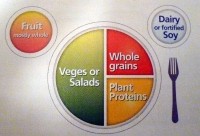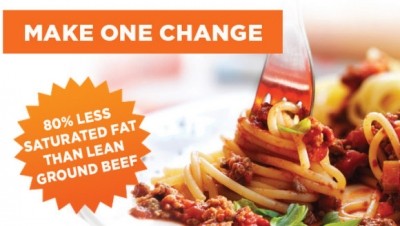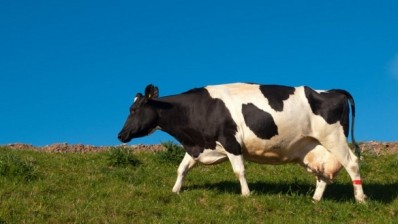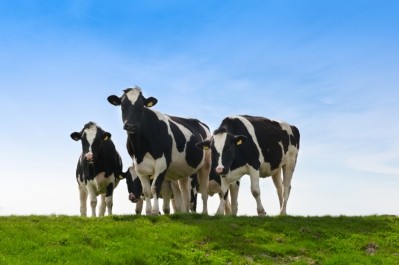Meat-alternatives move into the mainstream, with 36% shopping the category, says Mintel
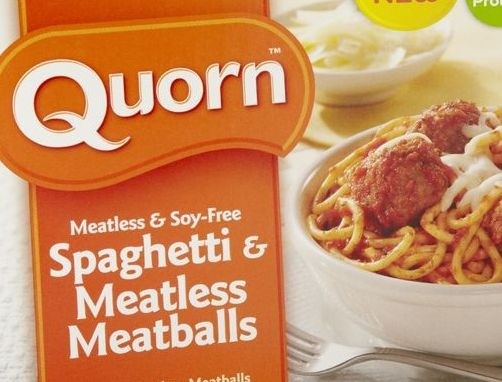
Indeed, 16% use meat alternatives alongside meat, while one-third of consumers use meat alternatives because they are healthy, higher than any other reason, food and drink analyst Beth Bloom told FoodNavigator-USA.
“More than half (51%) of 2,000 adults we surveyed in March also believe meat-alternatives are healthier than real meat, and we’re seeing higher consumption rates in households with children, which probably relates to the health factor.
“Younger people are also more likely to buy them, with 46% of 18-24 year olds shopping the category compared with 30% of people aged 65 and over.”
31% of grocery shoppers claim to be trying to reduce their meat consumption
Meanwhile, some 31% of grocery shoppers surveyed are trying to reduce their meat consumption, she said.
“Participation in the alternative meat category stretches far beyond necessity, and creates an opportunity for future growth based on the products’ ability to meet general consumer food interests, such as health, price, variety and convenience.
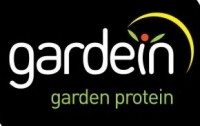
“Vegetarians and vegans aren’t the only people eating ‘fake’ meat, meat eaters are also exploring this new found protein superpower.
“Product manufacturers and marketers have a chance to come out from behind the veil of ‘substitute’ and stake a claim as a food option that stands on its own.”
The top six reasons that consumers try meat alternatives are:
- I think they are healthy (33%)
- I enjoy the taste (31%)
- I am trying to reduce my meat consumption (31%)
- I’m adding protein to my diet (30%)
- I’m adding variety to my meals (23%)
- I’m trying different varieties (23%)
Taste and texture challenges remain
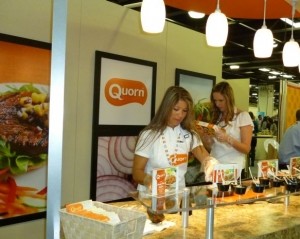
However, there are still challenges ahead, with the greatest percentage of non-users (67%) indicating a preference for real meat, 34% saying they don’t care for the taste, and 20% saying they don’t like the texture, of meat alternatives, she said.
As for marketing and labeling, vegan claims on new products in the meat alternative category surpassed vegetarian claims in 2011, while the use of the claim ‘no animal ingredients’ increased by 200% and the use of the claim ‘GMO-free’ increased by 155% between 2008 and 2012, she said.
While more than half of shoppers surveyed felt the meat-alternative products were more expensive, there was not a big disparity in consumption rates between people on high and low incomes, she said.
Meanwhile, although women are slightly more likely to eat meat alternatives than men, there is not a huge difference in consumption, she said with 34% of men and 37% of women claiming to be regular consumers.
The size of the prize: $553m in 2012
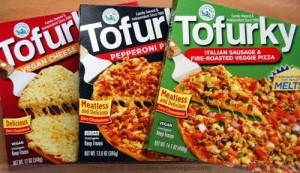
According to Mintel, sales of meat alternatives in conventional channel, natural supermarket, and specialty supermarket retail channels combined reached $553m in 2012, up 8% compared with 2010.
Burgers have the biggest share of the category (more than a third) but the fastest growing areas are veggie hot dogs and the ‘other’ category, which includes things like tempeh (from cooked and slightly fermented soybeans) and seitan (wheat gluten), said Bloom.
Click here to find out more about Mintel’s full report on meat alternatives.
